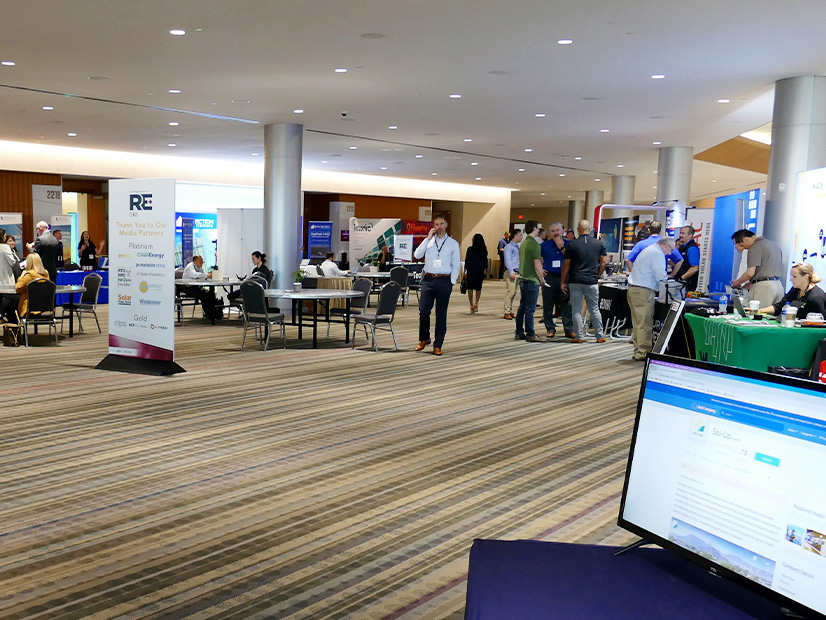Texas at Center of the Renewable Industry’s Growth
SAN ANTONIO — The newly rebranded RE+ Texas conference last week attracted hundreds of renewable energy professionals out to gain information on the latest trends and policies affecting the Texas market.
The event couldn’t have been hosted in a more appropriate state. According to the event’s presenters, the Solar Energy Industries Association and Smart Electric Power Alliance, Texas:
- produces more electricity than any other state, generating almost twice as much as Florida, the second-highest producing state;
- ranks sixth nationally for solar installations with 2.5 GW and expects to install another 4 GW of capacity over the next five years, which would make it the nationwide leader in solar energy; and
- leads the nation in wind-powered generation and produced one-fourth of all the U.S. wind-powered electricity in 2017.
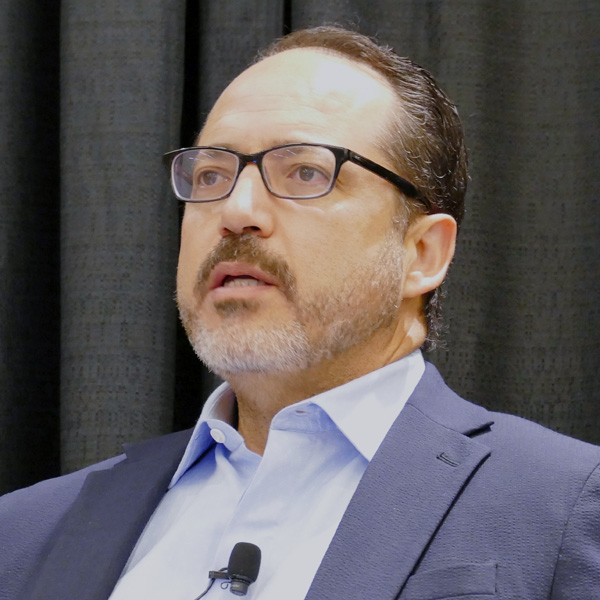 Amy Heart, Sunrun | © RTO Insider LLC
Amy Heart, Sunrun | © RTO Insider LLCMilwaukee-based Sunrun has been involved in the Texas market since 2017, with its main footprints in Dallas, Fort Worth, Houston, Austin and San Antonio.
“Texas is well positioned,” said Amy Heart, Sunrun’s vice president of public policy. “It’s an interesting market, because you can actually have conversations about the value of solar and you can work in that competitive market space.”
Texas Sen. José Menéndez (D), who has represented San Antonio for 25 years either in Austin or on the City Council, said he was relieved that last year’s legislation in the wake of the devastating winter storm left renewable resources somewhat unscathed.
 Texas State Sen. José Menéndez | © RTO Insider LLC
Texas State Sen. José Menéndez | © RTO Insider LLC“I was really worried there was going to be a greater attack on the industry than thermal [generation]. I don’t believe we had anything that came out of [legislation] that would hurt renewables,” he said. “There was a desire for renewables to play a greater role in paying for reliability … ‘because they’re not reliable, they should pay more into the grid for reliability.’”
Menéndez — whom Lynnae Willette, EDF Renewables’ director of regulatory and legislative affairs, referred to as “solar champion” — said he found it “laughable” that renewable resources taking advantage of federal tax credits have been criticized for putting traditional energy sources at a disadvantage.
“We’ve been giving tax breaks to the oil industry for years in this state,” he said. “It’s been the investment that the renewable industry has been making in the desolate places of West Texas and all across the state that has produced economic benefits for Texans. Typically, renewable energy is seen as the space of the center-left or left. It shouldn’t be a partisan issue.”
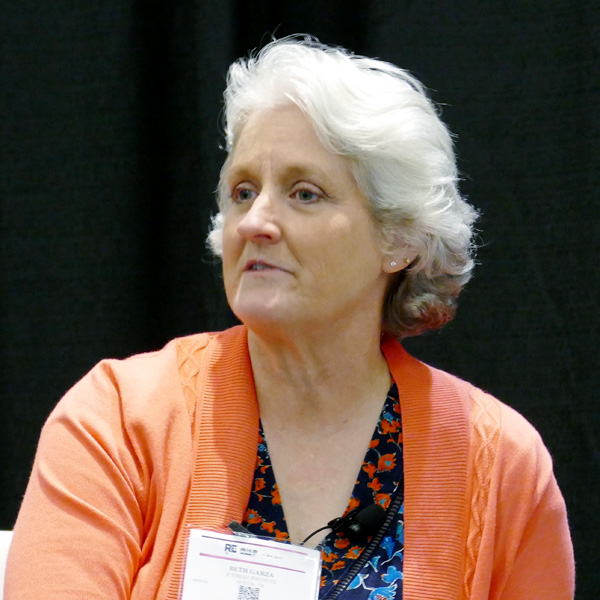 Michael Jewell, Jewell & Associates | © RTO Insider LLC
Michael Jewell, Jewell & Associates | © RTO Insider LLCConsultant Michael Jewell, a former Republican government staffer and now a board member for Conservative Texans for Energy Innovation, agreed. He said forming the organization took a lot of “cajoling,” but that the end justifies the means.
“We need that conservative voice. We need a conservative voice that has the credentials, but also gets it,” Jewell said. “The true conservative that supports the innovation in the energy space is talking about why clean energy matters from a conservative perspective. More and more conservatives are recognizing that rooftop solar is not only about a clean environment; it’s about resiliency. It’s about having self-control over your energy.”
Panelists Debate New Market Designs
ERCOT market experts engaged in an entertaining discussion on the market redesign proposals being considered at the state’s Public Utility Commission.
 Beth Garza, R Street | © RTO Insider LLC
Beth Garza, R Street | © RTO Insider LLCBeth Garza, the grid operator’s former market monitor and a senior fellow at R Street Institute, stressed the need for resource adequacy requirements paired with load-serving entities’ obligations to meet reliability requirements. She was part of a team funded by NRG Energy and Exelon that filed one of several proposals last fall that are being considered by the PUC. (See Study Suggests Texas LSEs Can Provide Reliability.)
“In a world we’re heading toward — in a world where variable energy resources, zero-marginal-cost resources are becoming even more prevalent — the market will not provide enough revenue for all that capacity that needs to be recovered,” Garza said. “Generators need to get paid, but what they’re getting paid today are through energy prices with no scarcity and energy prices with scarcity, which can be a handful of hours a day. Historically, the newest units added to the system were the most efficient, and so that provided a gap to fund the less efficient stuff. That’s no longer the case with zero-marginal-cost resources.”
Jay Zarnikau, a research fellow at the University of Texas’ economic department and one of the authors of a report for the PUC on the storm’s enduring blackouts, said he agreed with Garza’s analysis, but not the focus on capacity.
“One of the things we found out with [Winter Storm] Uri was we had a lot of capacity, but that capacity didn’t work. There was snow on the panels, wind turbines that couldn’t turn,” he said, although the report indicates every source of generation failed. “I don’t like to measure reliability with a goal of capacity. I like to use the existing assets more efficiently. I don’t think the answer is building more power plants; there are a lot of things we can do with existing production, better things we can do with pricing, things we can do with reserve margins and capacity. I like to do things to get more efficiencies out of the market.”
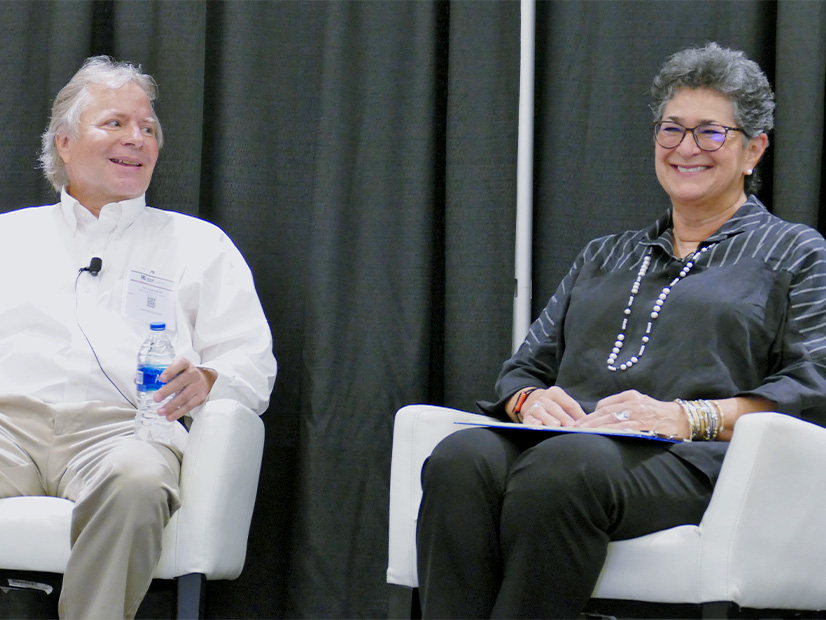
Alison Silverstein, former FERC and PUC staffer and consultant with an eponymous practice, offered a “sobering dash of realism.”
“Our legislature, our political governing class in the state and the PUC is enamored of the concept of dispatchable resources and of command and control,” she said, “because by God, if you can turn the knobs, maybe those plants won’t freeze up.”
Silverstein said their plan to increase reliability by building more dispatchable gas plants won’t work well because there is a lack of planned gas generation.
“There’s so few gas plants in the interconnection queue today that you could raise the level of payment of prices for gas plants and you wouldn’t get a lot more gas plants online anytime real soon,” she said. “So, great concept. Let’s raise prices really high so that those prices go to the people who are already running inefficient gas and oil and coal plants today. That’s not a solution that makes me happy because it won’t improve day-to-day reliability, nor will it save costs or will it achieve any efficiencies. All it will do is fatten up the existing fleet.”
Integrated DERs Pose a Challenge
Panelists discussing distributed energy resources’ opportunities and challenges in the state were bullish on the customer-site solar batteries and electrification’s ability to meet grid and resilience needs.
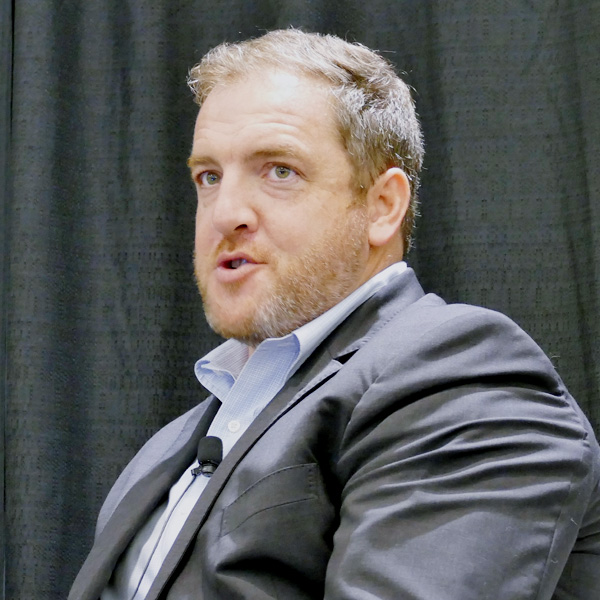 Sterling Clifford, Sunnova | © RTO Insider LLC
Sterling Clifford, Sunnova | © RTO Insider LLCSterling Clifford, Sunnova’s manager of government affairs, said policy changes are either a result of “a cool thing to do” or a solution to a huge problem.
The grid “is not going to be able to keep pace with demand as we electrify our homes, our vehicles and our businesses. The system can’t keep up, and the problem is only going to get bigger,” he said. “If we don’t take advantage of every solution to that problem, we’re not going to be delivering benefits to homes and businesses.”
“The system as a whole needs more flexibility. It needs more resources that can participate in just ensuring the grid is reliable,” said 17-year ERCOT executive Warren Lasher, who struck out on his own with Lasher Energy Consulting last summer.
PUC Commissioner Will McAdams on Wednesday filed a memo calling for integrating more DERs into the market. ERCOT currently has nearly 3 GW of distributed generation resources, adding more than 740 MW last year alone.
“Participating in that process is going to be critical for us as an industry,” Clifford said. “It will create a pathway where we do all the things we do now, but we can make sure there are channels for growth as the technology improves as well.”
“We have an incredible market here. It’s incredibly vibrant; it’s incredibly strong; it’s incredibly competitive,” Lasher said. “But it’s dealing with changing technologies. … The way the market works, it puts us in a position where the commission doesn’t have a whole lot of knobs and dials to kind of adjust things. In the end, to the extent you’re relying on the competitiveness of the market and wholesale deregulated investment, it doesn’t give you a lot of opportunities to have incentives for some of these new technologies.
“We’ve got these new resources, and we want to put these new resources into the system that we have in place, but where we are is this system is changing at an incredibly rapid pace,” he said. “The problem that we have is we need to be thinking about how these resources fit into where we’re going to be five years from now, 10 years from now. Storage is going to fundamentally transform how we think about energy. Getting everything to fit together is just an amazing challenge at this point.”
